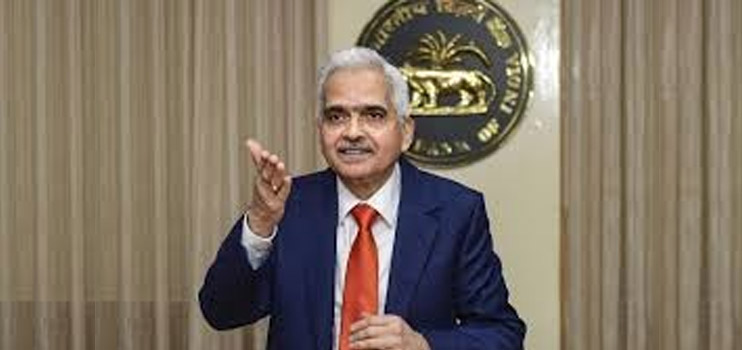It has not exactly been a close call, as many had expected. All six members of the Monetary Policy Committee (MPC), the Reserve Bank of India’s rate-setting body, have unanimously decided in favour of keeping the policy rate unchanged at 6.5 per cent.
However, this is a “hawkish” pause as RBI Governor Shaktikanta Das’s statement repeatedly emphasised on the Indian central bank’s “readiness to act, should the situation so warrant”.
In his interaction with the media, he was even more emphatic – “It’s a pause, not a pivot.”
Simply put, the pause does not signify the end of the rate hike cycle in India which started in May 2022. “The job (of containing inflation) is not yet finished,” Das added.
The MPC has also decided to stick to the stance of the monetary policy – “withdrawal of accommodation”. In other words, the tight monetary policy will continue to ensure that inflation gradually comes down within the target of 4 per cent. The RBI follows a flexible inflation target – 4 per cent with a band of 2 per cent on either side. Here, one of the five members of the MPC, Jayanth R Varma, has expressed his reservations.
Why has RBI pressed the pause button? It sees inflation moderating in FY2024, and growth too moderating.
In February, it had estimated 5.3 retail inflation for the year. This has been paired to 5.2 per cent with the risks evenly balanced. The cut in the projection for growth for the new financial year is much sharper – from 7 per cent in FY2023 to 6.5 per cent in FY2024. (But it is higher than its February estimate of 6.4 per cent.) More importantly, it has paused because it wants to evaluate the cumulative impact of the past rate hikes.
Since the first off-cycle rate hike in the first week of May 2022, the repo rate has been raised by 250 basis points (bps), from 4 per cent to 6.5 per cent. One bps is a hundredth of a percentage point.
This was preceded by the introduction of the standing deposit facility, or SDF, in April last year, which is 40 bps higher than the now defunct reverse repo rate. Thus, the effective rate hike since has been 290 bps. As a result of this, the overnight call money rate has risen by 320 bps. The RBI now wants to evaluate the cumulative impact of these rate hikes before taking a call on the next rate hike.
Along with the pause, however temporary it may be, why has the RBI not changed the stance of the policy? Here’s the logic: When it started the rate-cut cycle in February 2019 to support growth, the retail inflation was around 2 per cent and the repo rate was 6.5 per cent. Now, the policy rate is 6.5 per cent but inflation is 6.4 per cent (February 2023). This means the present policy rate can still be regarded as accommodative. So, it is only natural that the focus will continue to be on withdrawal of accommodation.
The bond market gave a thumbs up to the policy. The yield on 10-year paper dropped by 9 bps. Even though the governor kept on saying that “the job is not yet finished”, the market seems to have taken the pause seriously. The government’s gross borrowing programme for the year is pegged at a record Rs 15.32 trillion, out of which Rs 8.8 trillion is slated to be raised in the first half of the year.
The war against inflation will continue and the RBI is committed to “stand ready to act appropriately and in time”. Core inflation remains “unyielding” (so far, the RBI has been calling it “sticky”), and the CPI, after remaining above the upper band of inflation target for 10 months in a row, dropped below 6 per cent for two months, to rise again in January and February.
Many believe that it will drop to around 5.5 per cent and even below 5 per cent in March and April, respectively. If indeed that happens, we will not see any rate hike in June either. Still, it’s too early to comment on the future of the policy trajectory.
Just a point to ponder on policy actions ahead: If inflation softens to 5.2 per cent in the current year, even though it is higher than the target, the current policy rate of 6.5 per cent is not trailing it; it’s in the positive territory. So? Your guess is as good as mine.



